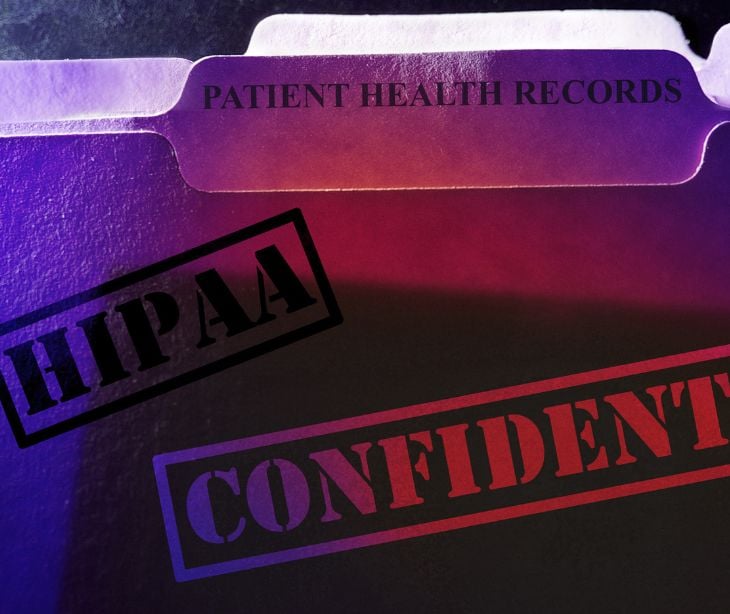%20(71).jpg)
A cipher is a cryptographic algorithm that transforms intelligible data, known as plaintext, into an unintelligible form, called ciphertext. A cipher is an encryption process ensuring that even if the ciphertext falls into the wrong hands, the original message remains unreadable.
Understanding ciphers
Transposition and substitution
Ciphers employ two primary methods to achieve transform data: transposition and substitution. Transposition ciphers rearrange the order of the original data, while substitution ciphers replace specific data sequences with alternative ones. These transformations, combined with the application of encryption keys, give ciphers the ability to conceal and protect information.
Symmetry and asymmetry
Ciphers can be broadly classified into two categories based on how they use encryption keys. Symmetric-key ciphers, also known as secret-key ciphers, use the same key for encryption and decryption, meaning that the sender and receiver must possess the same secret key to secure communication. Asymmetric-key ciphers, or public-key ciphers, employ a pair of keys – a public key for encryption and a private key for decryption. The dual-key approach allows for more flexible and secure data exchange, as the public key can be shared openly while the private key remains confidential.
Go deeper:
The applications of ciphers
Securing internet communication
Ciphers are frequently used to secure internet communication, such as in Transport Layer Security (TLS) and Secure Sockets Layer (SSL). These protocols use symmetric key ciphers, like AES, to encrypt data transmitted between a client and a server, ensuring the confidentiality and integrity of the information.
Protecting wireless networks
Ciphers also safeguard wireless networks, such as those used in homes and businesses. Wi-Fi Protected Access (WPA) and Wi-Fi Protected Access II (WPA2) employ ciphers to encrypt wireless traffic, preventing unauthorized access and eavesdropping.
Securing mobile communications
In mobile communication, ciphers ensure the privacy of voice calls, text messages, and data transfers. GSM, CDMA, and LTE networks utilize various cipher algorithms to encrypt cellular traffic and protect users from interception.
Safeguarding digital payments
The financial industry heavily relies on ciphers to secure digital payment transactions, such as transactions through online banking, mobile apps, and point-of-sale terminals. Algorithms like Triple DES and AES are commonly used to encrypt sensitive information, including credit card numbers and account details, protecting consumers from fraud and unauthorized access.
FAQs
What are ciphers and how do they relate to healthcare security?
Ciphers are algorithms for encrypting and decrypting data, converting readable information into an unreadable format and vice versa. In healthcare, ciphers protect sensitive information, including protected health information (PHI), by ensuring that data is secure and inaccessible to unauthorized individuals, thus maintaining confidentiality and integrity.
Why are ciphers beneficial for HIPAA compliance?
They are beneficial because they provide a method for securing electronic PHI (ePHI). Encrypting data helps healthcare organizations protect patient information from unauthorized access and breaches. HIPAA strongly recommends encryption as a security measure to safeguard ePHI.
Can ciphers be broken or cracked?
Yes, ciphers can be broken or cracked, especially if they are outdated or if the encryption keys are compromised. However, modern ciphers are highly resistant to cryptanalysis and brute-force attacks, making them significantly more secure.
Learn more: HIPAA Compliant Email: The Definitive Guide


%20(3)-1.jpg)

